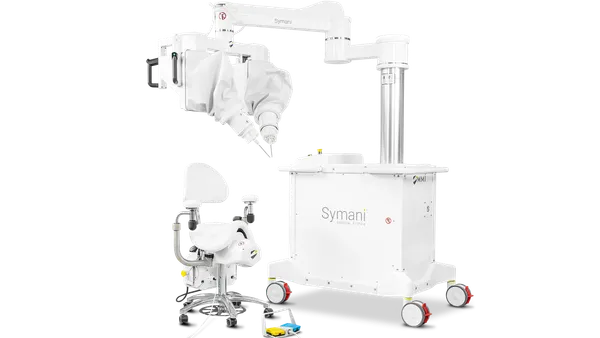Dive Brief:
- Medtronic said it has begun a pilot study of an implantable defibrillator with a lead placed under the sternum, outside of the heart and veins.
- The device, called the Extravascular Implantable Cardioverter Defibrillator (EV ICD), will provide the same therapies as traditional transvenous ICDs including defibrillation, pacing to stop arrhythmias and address abnormally slow heart rates, and post-shock pacing to protect from sudden cardiac death.
- Medtronic said the first patient implant with EV ICD system was performed at Christchurch Hospital in New Zealand.
Dive Insight:
Conventional implantable cardioverter defibrillators, or ICDs, attach the pulse generator, implanted below the collarbone, to the heart via leads — thin wires — running through a large vein. Problems with leads, which can break, wear out and be difficult to remove, are driving development of a new generation of ICDs that avoid the need to thread leads through the veins.
"The Medtronic EV ICD system has the potential to deliver the benefits of traditional ICDs while eliminating the risks that can occur when leads are implanted inside the veins and heart," said Ian Crozier, the study's principal investigator at Christchurch Hospital.
Boston Scientific has led the way with its Emblem subcutaneous ICD (S-ICD) that uses electrodes that rest near but not in the heart to sense irregular heart rhythms and deliver an electrical shock to restore a normal heartbeat. Boston Scientific received FDA approval for its S-ICD in 2012.
The EV ICD is Medtronic's answer to the S-ICD. Medtronic said its device is the same size and shape of a traditional ICD and is expected to have the same longevity. The investigational EV ICD device is implanted below the left armpit, and the lead is placed under the sternum (breastbone).
The medical device giant said its study, called Chronic, will include a total of 20 patients at four sites: Christchurch Hospital in New Zealand and three hospitals in Australia — Austin Health in Heidelberg, Monash Heart in Clayton and The Prince Charles Hospital in Brisbane.











